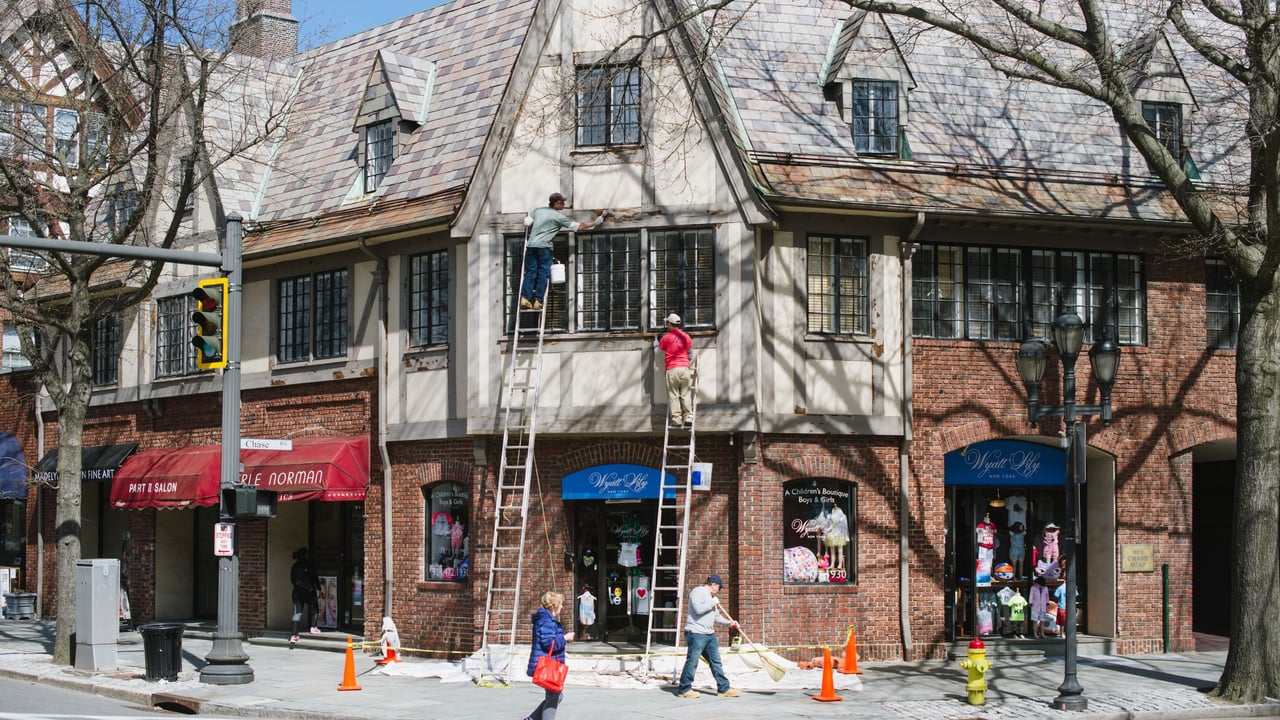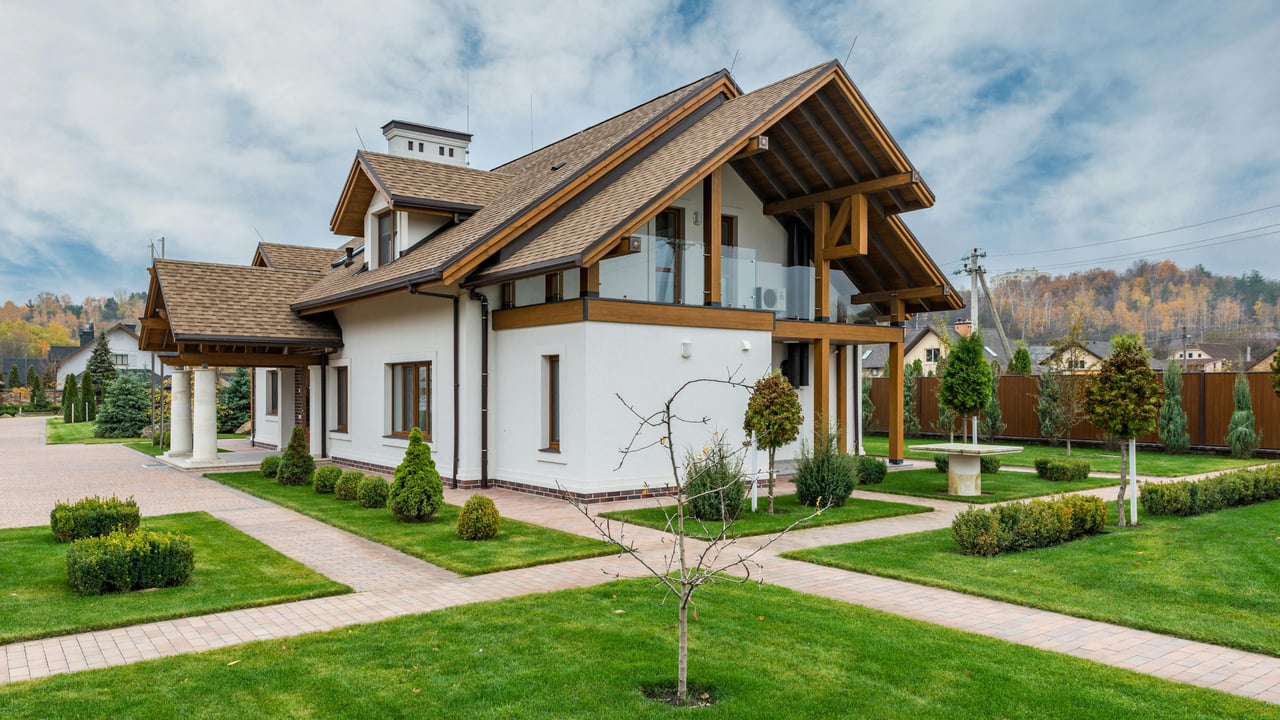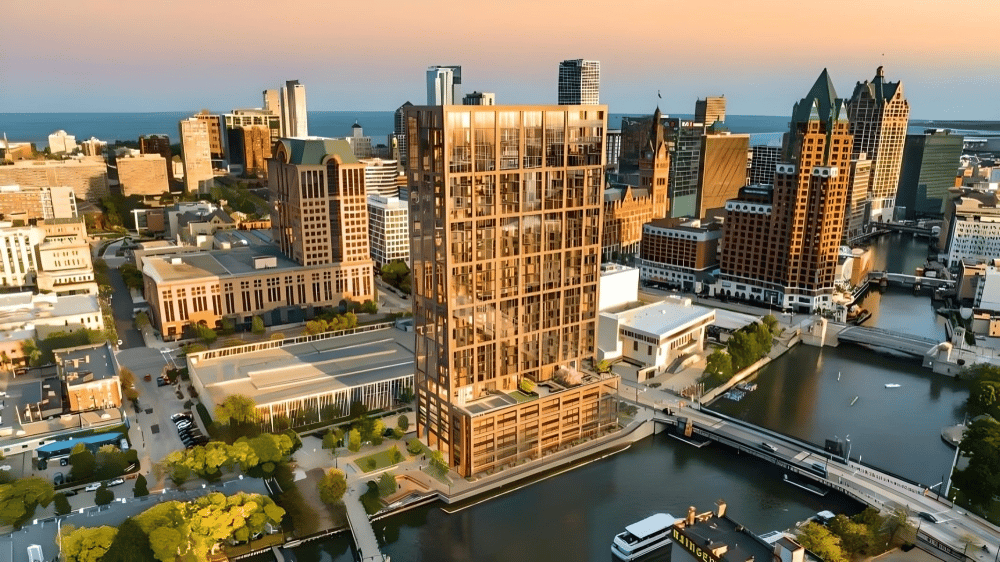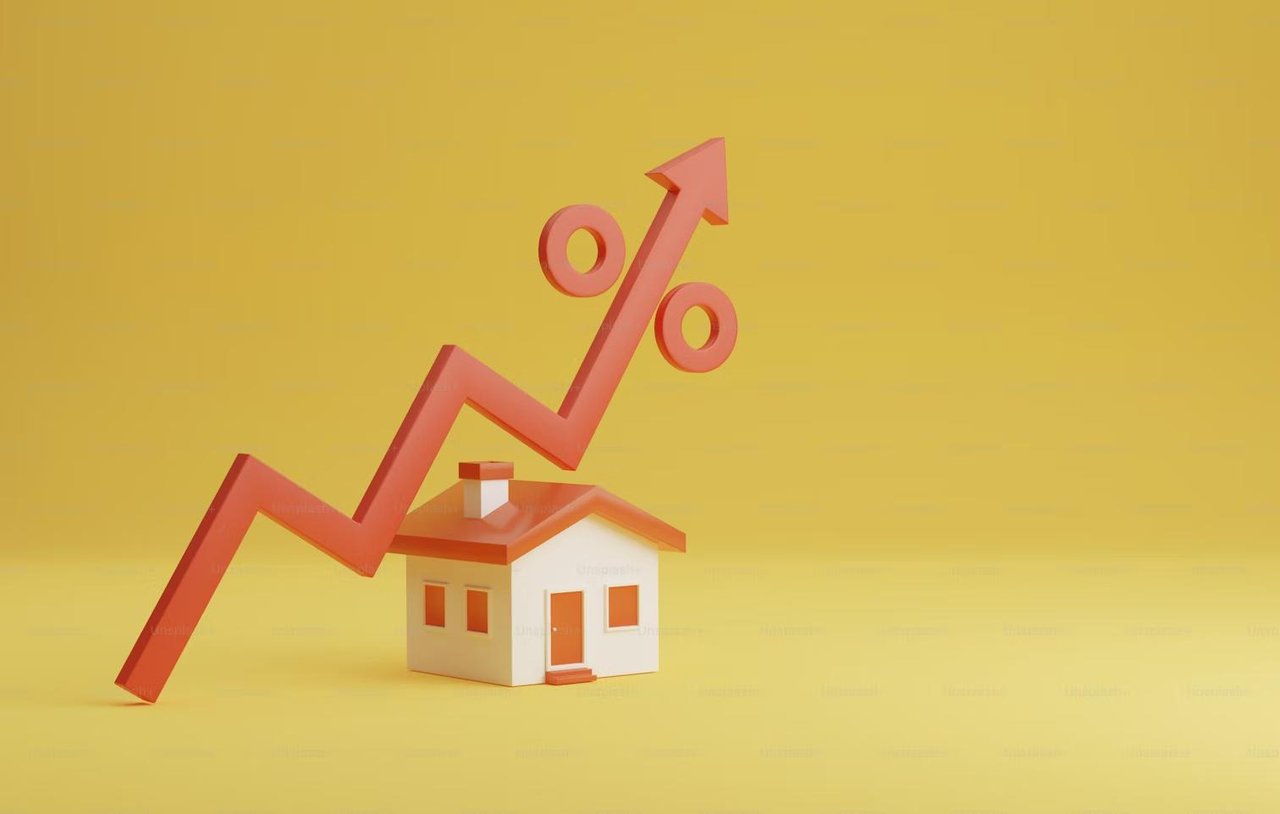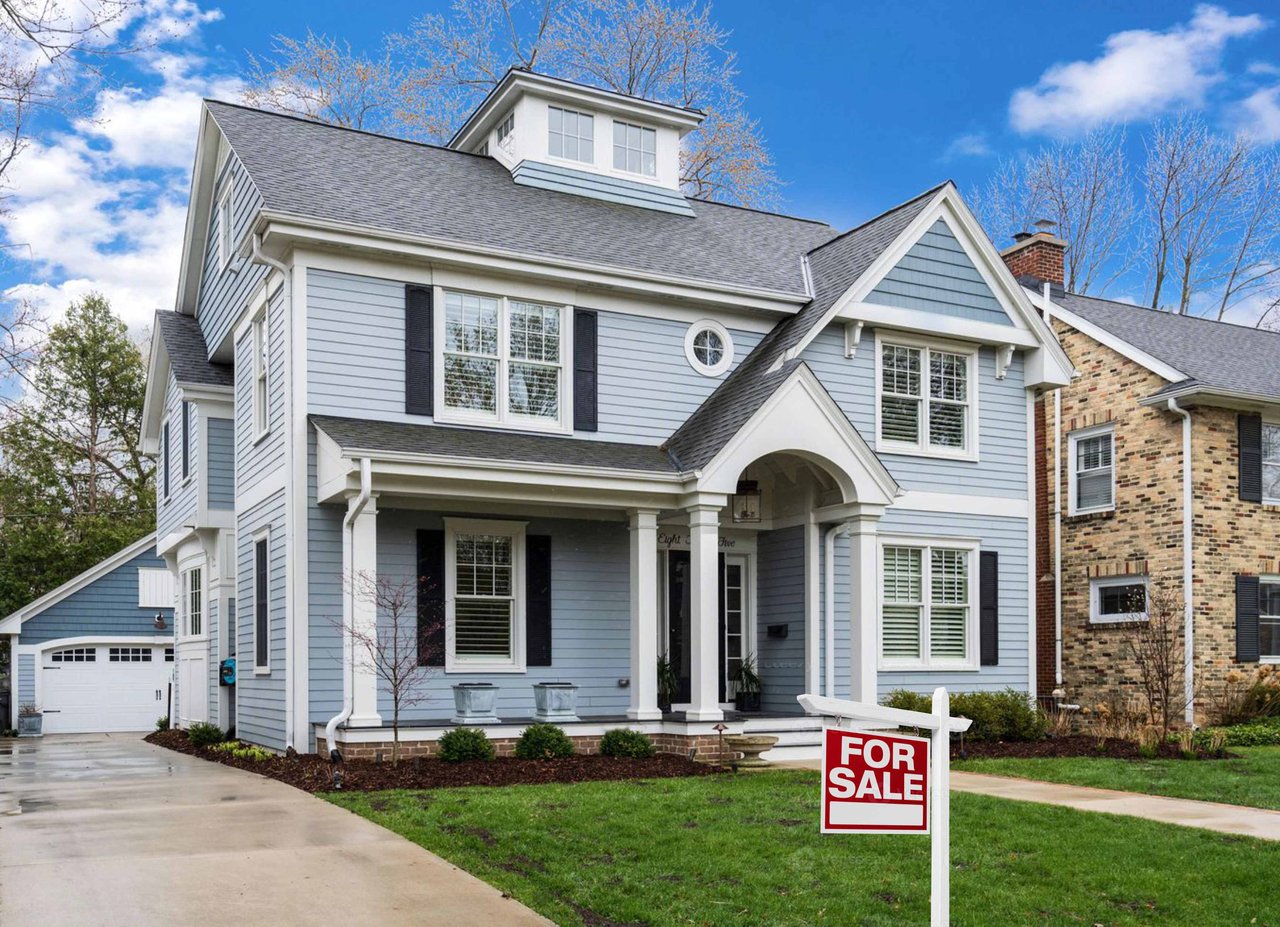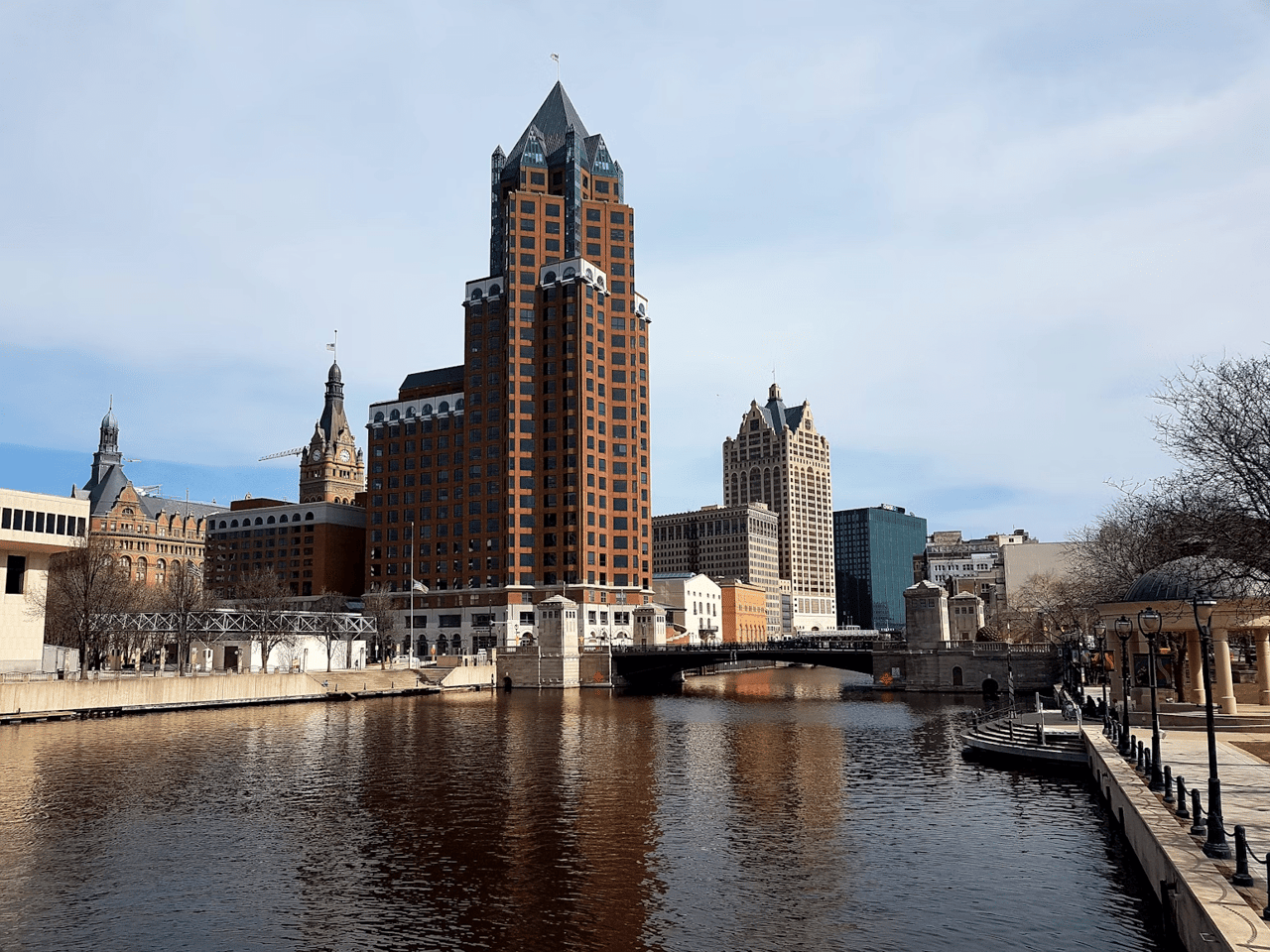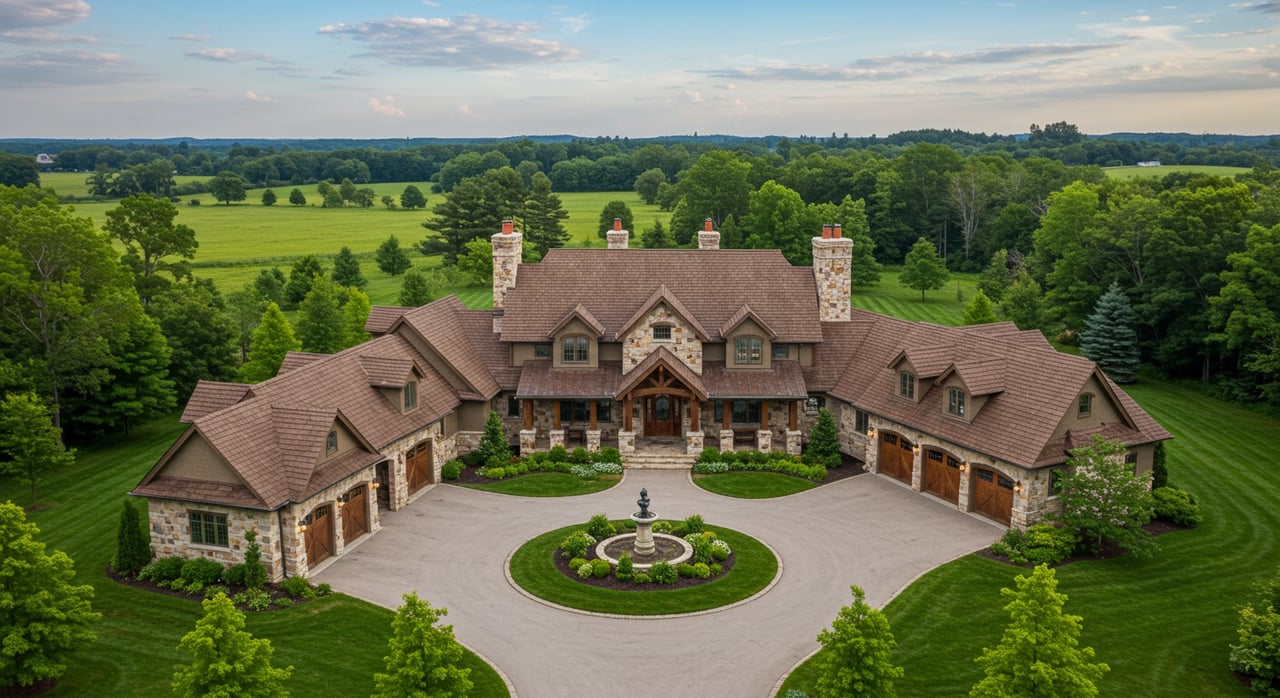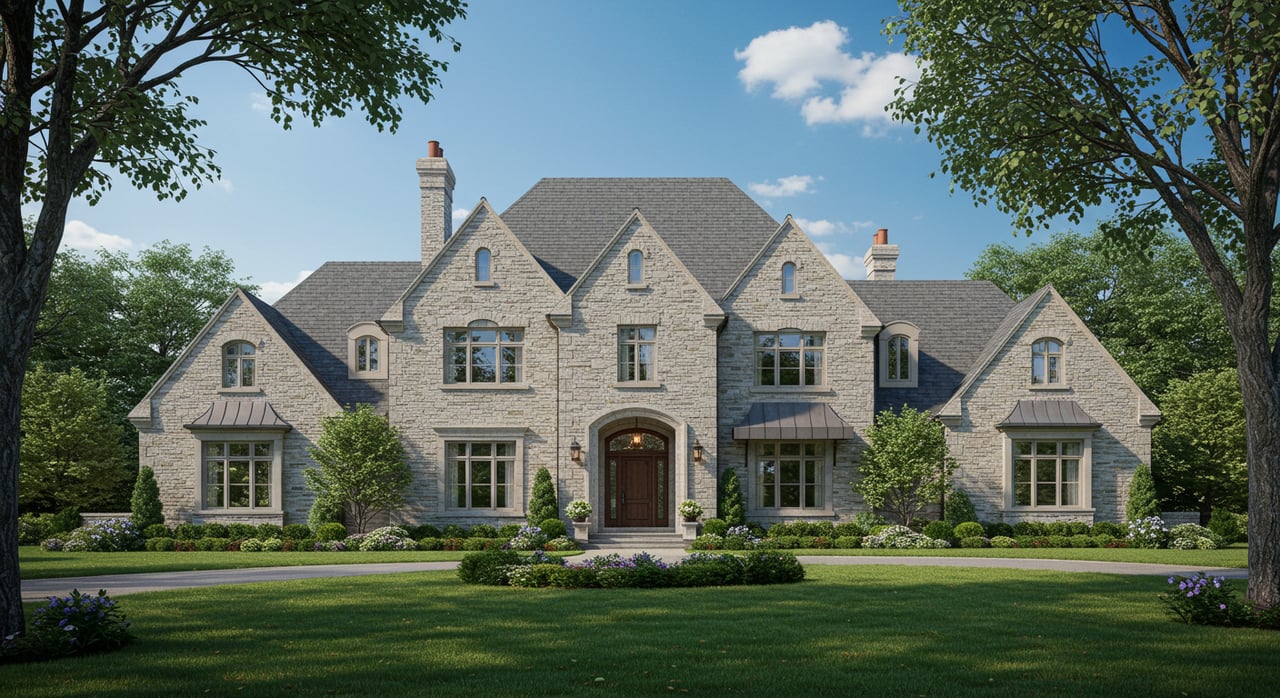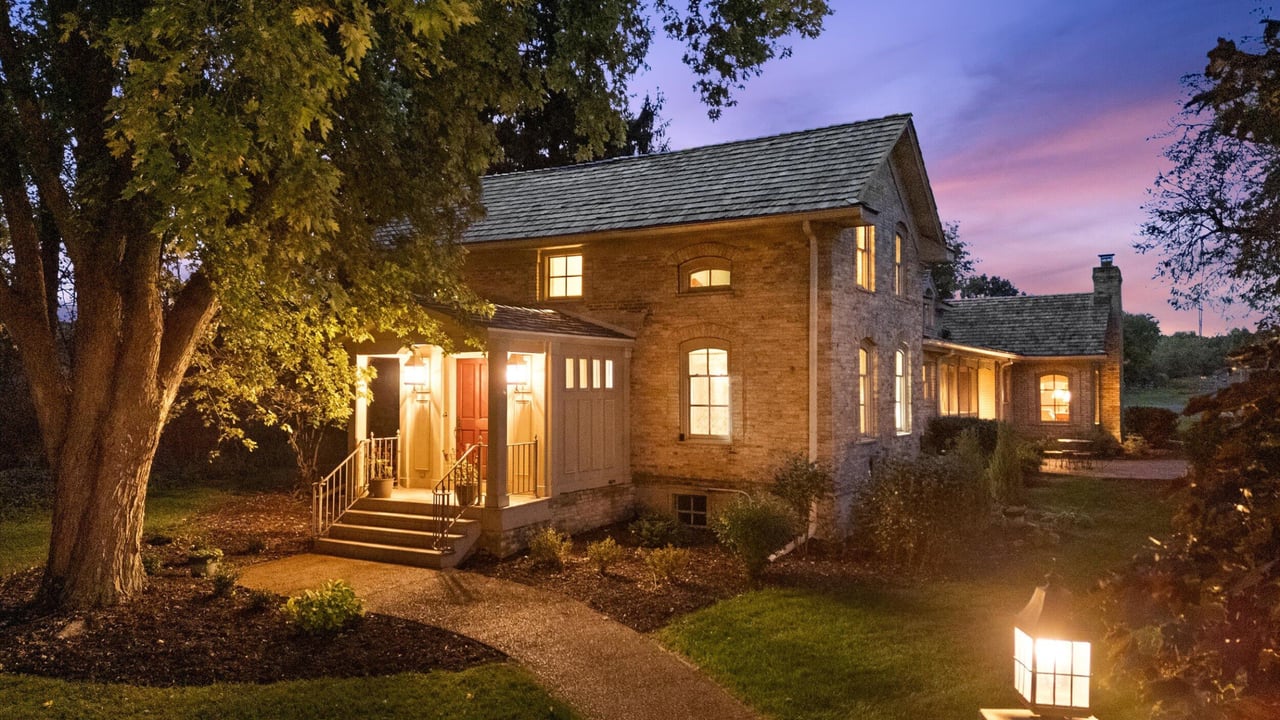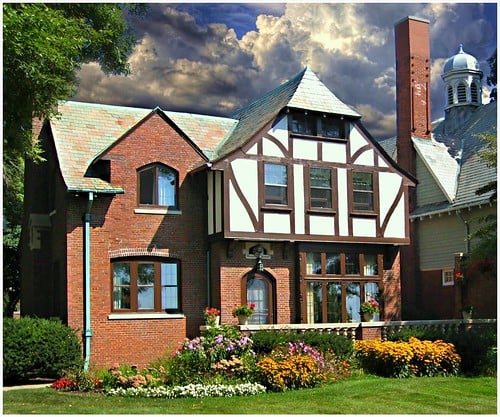If asked to identify the most thriving apartment markets in the United States presently, Milwaukee might not immediately come to mind. However, this underestimated Midwest market has exhibited one of the country's strongest apartment performances over the past year. Furthermore, the stability observed in Milwaukee is anticipated to persist in the near future, positioning it alongside larger, more traditionally prominent markets.
In January, Milwaukee achieved one of the highest occupancy rates in the United States, standing at 95.8%, as reported by RealPage Market Analytics. This performance ranked fourth among the largest 50 apartment markets nationwide. The other top-ranking markets in the top five were New York, Newark, Anaheim, and San Francisco, which are typically known for their high occupancy rates.
Milwaukee's success among the top-tier apartment markets in the nation can be attributed to its balance. Unlike many other regions across the country, most Midwest apartment markets have maintained a level of stability amidst the uncertainty brought about by the COVID-19 pandemic. This consistency has been a crucial factor contributing to the strong performance of apartments. While apartment markets in other parts of the U.S. experienced notable fluctuations in recent years, the Midwest retained its stability. This can be partly attributed to the fact that developers haven't constructed as much new housing in the Midwest compared to regions like the Sun Belt.
In Milwaukee, specifically, the inventory witnessed a modest increase of 1.8% in 2023, trailing behind the national average of 2.3%. Over the past five years, Milwaukee's apartment base expanded by 7.6%, falling short of the U.S. average growth rate of 9.8%.
The demand indicators in Milwaukee suggest a subdued outlook. Job growth over the past year remained below the national average, registering a modest increase of just 0.4%. Moreover, the market's employment base experienced a contraction of 2.3% over the past five years, according to data from the Bureau of Labor Statistics. Additionally, recent figures from the U.S. Census Bureau from 2022 indicate a slight decline in the population, shrinking by 0.2%.
National Rental Trends & Investment Opportunities
Demand Dynamics: The demand for rental properties remains robust nationwide, fueled by various factors such as changing lifestyle preferences, economic uncertainties, and housing affordability challenges. Millennials and Generation Z, in particular, are driving demand for rental accommodations, drawn by flexibility and urban living experiences.
Market Performance: Despite occasional fluctuations, the national rental market has shown resilience, characterized by steady rental growth rates and occupancy levels. Over the past few years, rental prices have experienced moderate yet consistent increases, contributing to the attractiveness of rental property investments.
Investment Opportunities: For real estate investors, the national rental market offers a myriad of opportunities for portfolio diversification and wealth accumulation. From traditional long-term rentals to emerging trends like short-term rentals and multifamily developments, there are various avenues to explore based on investment objectives and risk tolerance.
Emerging Trends: The evolving rental landscape is witnessing the emergence of innovative rental models and amenities to cater to changing tenant preferences. Concepts such as co-living spaces, smart home technologies, and sustainable housing solutions are gaining traction, presenting opportunities for forward-thinking investors to capitalize on emerging trends.
Market Analysis: Conducting thorough market analysis is crucial for identifying prime investment opportunities. Factors such as job growth, population dynamics, local economic conditions, and housing supply-demand dynamics play pivotal roles in assessing the viability of rental investments in specific markets.
Risk Mitigation Strategies: While rental investments offer lucrative prospects, it's essential to implement robust risk mitigation strategies to safeguard against potential challenges. Diversifying investment portfolios, conducting due diligence on properties and markets, and staying abreast of regulatory changes are vital aspects of prudent investment management.
Milwaukee Rental Trends & Investment Opportunities
Market Dynamics: Milwaukee's rental market reflects a balance between supply and demand dynamics, with moderate growth in rental prices and occupancy rates. The city's diverse economy, anchored by sectors such as manufacturing, healthcare, and education, contributes to steady rental demand across various demographic segments.
Local Factors: Understanding local factors is paramount when assessing rental investment opportunities in Milwaukee. Factors such as job growth, population trends, neighborhood revitalization initiatives, and transportation infrastructure developments influence rental demand and property performance in specific areas of the city.
Market Performance: In recent years, Milwaukee's rental market has demonstrated resilience, with rental prices experiencing gradual yet consistent increases. While the pace of growth may vary across neighborhoods, overall market stability and affordability make Milwaukee an attractive destination for rental property investments.
Investment Potential: Milwaukee presents a range of investment opportunities for savvy real estate investors. From traditional single-family homes and duplexes to multifamily apartment buildings and mixed-use developments, there's ample opportunity to diversify investment portfolios and capitalize on the city's rental market dynamics.
Neighborhood Analysis: Conducting thorough neighborhood analysis is essential for identifying lucrative investment opportunities in Milwaukee. Factors such as rental demand, property appreciation potential, local amenities, and crime rates should inform investment decisions and property selection to maximize returns and mitigate risks.
Community Development: Milwaukee's ongoing community development initiatives, including urban renewal projects and neighborhood revitalization efforts, present opportunities for investors to participate in the city's growth story. Investing in areas undergoing transformation can yield long-term returns while contributing to community development goals.
Risk Management: Mitigating risks is crucial for rental property investors in Milwaukee. Conducting comprehensive due diligence, including property inspections, financial analysis, and tenant screening, can help mitigate risks associated with property ownership and management while ensuring a favorable investment outcome.
In wrapping up our journey through the rental market landscapes of the nation and Milwaukee, it's like comparing bustling city lights to the warm glow of a Midwest sunset. The national stage dazzles with its diverse trends and dynamic shifts, while Milwaukee quietly emerges as a steady star in the heart of the Midwest. As investors, we're not just observers but navigators of these landscapes, charting our course through the ebb and flow of opportunity. Whether we're drawn to the vibrant energy of the big city or the comforting embrace of the Heartland, the rental market beckons us with promises of prosperity and growth. So let's embrace the adventure, seize strategic opportunities, and paint our own masterpiece on the canvas of real estate investment.
After all, in this ever-changing world, the journey is just as thrilling as the destination!








